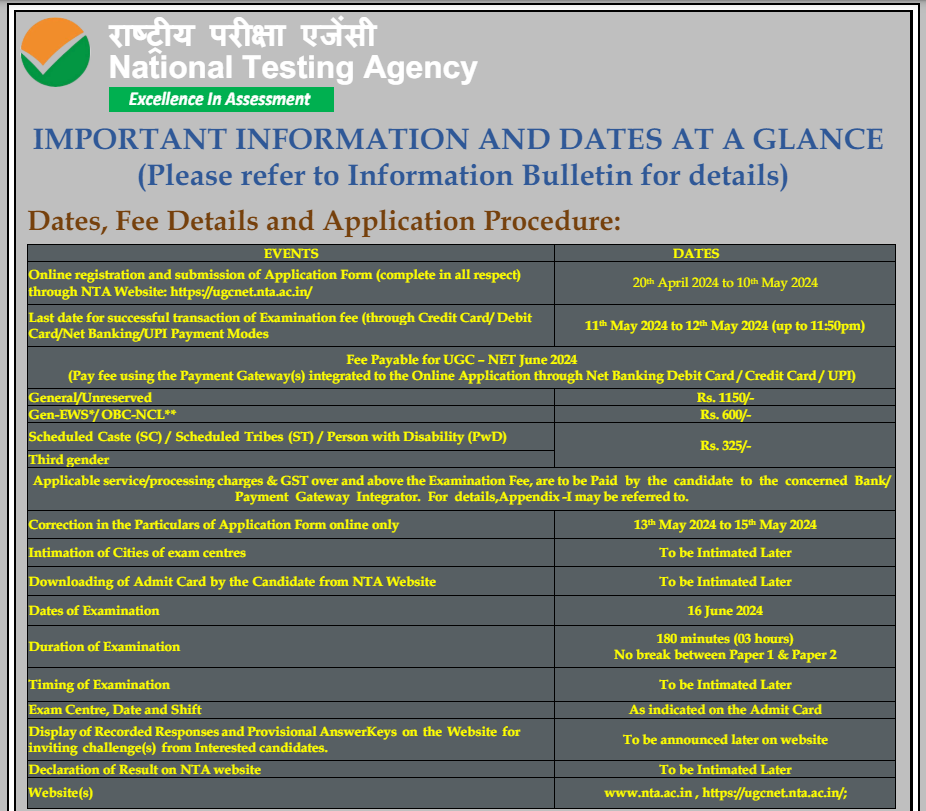TRANSFORMER PART 2

Category –EE Online Test
Telegram-Join Us On Telegram
Attempt Free TRANSFORMER PART 2 Here. Read The Important Electrical MCQ From Below.
TRANSFORMER PART TWO
Instructions: Click the answer button to see the correct answer.
1. Which of the following statements is/are correct statements?
- For ideal transformer efficiency is 100%
- both
- For ideal transformer voltage regulation is 100%
- none of these
Answer: a
2. Scott connections are used for
- single phase to three phase transformation
- three phase to two phase transformation
- any of the above
- three phase to single phase transformation
Answer: b
TRANSFORMER PART 2
3. In which transformer, the tertiary winding is used?
- Star – star
- Delta – star
- Delta – delta
- Star – delta
Answer: a
4. For successful parallel operation of two single phase transformers, the most essential condition is that their
- polarities are properly connected
- percentage impedance are equal
- turn- ratios are exactly equal
- KVA ratings are equal
Answer: a
5. A delta/star transformer is connected in parallel to a star/delta transformer. The turn ratio former is x times latter, the x is
- √3
- 3
- 1/3
- 1/√3
Answer: b
TRANSFORMER PART 2
6. Two transformers operating in parallel will share the load depending on their
- per unit impedance
- ratings
- efficiency
- leakage reactance
Answer: a
7. A 100/10, 50 VA double winding transformer is converted to 100/110 V auto transformer. The rating of auto transformer is
- 550 VA
- 100 VA
- 110 VA
- 500 VA
Answer: a
8. Tappings of a transformer are provided
- at the middle of hv side
- at the phase end of hv side
- at the neutral side end of hv side
- at the phase end of lv side
Answer: a
TRANSFORMER PART 2
9. In an auto-transformer, power is transferred through
- None of these
- Both
- Induction process only
- Conduction process only
Answer: b
10. It is an advisable to use auto transformer if the transformation ratio is
- 0.5
- Greater than 1
- 0.25
- near to 1
Answer: d
11. In auto transformer if the turn ratio is K, What is the power transferred inductively
- (1-K) × input power
- none of these
- both
- K × input power
Answer: a
12. A 10KVA auto transformer, turn ratio is 0.4. Find the power transferred inductively?
- 4 KVA
- 10 KVA
- 6 KVA
- 0 KVA
Answer: c
TRANSFORMER PART 2
13. A 20KVA auto transformer, turn ratio is 0.8. Find the power transferred conductively?
- 4KVA
- 16KVA
- 20KVA
- 0KVA
Answer: b
14. In an auto transformer, for what value of turn ratio, power transferred by inductively and conductively are same?
- any of the
- 0
- 0.5
- 1
Answer: c
15. The total core loss of a 400 V, 50 Hz transformer is 2400W, when it is supplied by 200 V, 25 Hz loss is 800W. Calculate eddy current loss and hysteresis loss?
- 1600W, 800W
- 800W, 1600W
- 1400W, 1000W
- 1000W , 1400W
Answer: a
TRANSFORMER PART 2
16. In a transformer which of the following losses are zero ?
- rotational loss
- iron loss
- copper loss
- all of these
Answer: a
17. When maximum flux density is constant, the eddy current losses are proportional to
- f²
- V
- f
- V²
Answer: a
18. When flux density is constant in a transformer, hysteresis loss varies as
- V²
- f
- f²
- V
Answer: b
TRANSFORMER PART 2
19. In a transformer maximum flux density is not constant, the eddy current loss varies as
- V²
- f
- f²
- V
Answer: a
20. The working principle of transformer depends on
- Coulombs law.
- Amperes law.
- Newtons law.
- Faradays law of electromagnetic induction.
Answer: d
21. Addition of 0.3 % to 4.5 % silicon to iron
- increases the hysteresis loss.
- increases the electrical resistivity of iron.
- reduces the saturation magnetization.
- none of these
Answer: b
TRANSFORMER PART 2
22. A laminated iron core has reduced eddy current losses because
- more wire can be used with less dc resistance in coil.
- the magnetic flux is concentrated i
- the lamination are insulated from each other.
- the lamination are stacked vertically.
Answer: c
23. The two windings of a transformer have an inductor of 2 H each. If mutual inductor between them is also 2 H, then
- none of these.
- transformer is an ideal transformer.
- it is a perfect transformer.
- turns ratio of the transformer is also two.
Answer: c
24. Lamination of core are generally made of
- silicon steel.
- stainless steel.
- case iron.
- carbon.
Answer: a
TRANSFORMER PART 2
25. A single-phase transformer has its maximum efficiency at 60 percent of full load. At full load copper loss will be
- more than core loss.
- equal to core loss.
- zero.
- less than core loss.
Answer: a
26. In a core type transformer
- LV winding is placed nearer to the core limb.
- HV and LV windings are placed in different core limbs.
- HV winding is placed nearer to the core limb.
- any of the LV or HV can be placed nearer to the core limb.
Answer: a
27. The primary and secondary windings of a transformer are
- electrically linked.
- mechanically linked.
- conductively linked.
- inductively linked.
Answer: d
TRANSFORMER PART 2
28. At what power factor, the voltage regulation of a transformer can be zero ?
- Lagging power factor
- Zero power factor.
- Unity power factor.
- Leading power factor.
Answer: a
29. In a three phase star – delta transformer, what is the angle difference between primary and secondary phase voltages?
- Delta side lags by -30°.
- Delta side leads by 30°.
- Star side leads by 30°.
- Star side lags by -30°.
Answer; b
30. What will be the eddy current loss if the supply frequency of a transformer becomes double?
- Remains same.
- Doubled.
- Four times.
- Eight times.
Answer: a
TRANSFORMER PART 2
31. The efficiency of a transformer is mainly dependent on
- dielectric losses.
- stray losses.
- copper losses.
- core losses.
Answer: d
32. Transformers operating in parallel will share the load depending upon their
- efficiency.
- leakage reactance.
- rating.
- percentage impedance
Answer: c
33. No load primary current in a transformer
- lags behind applied voltage somewhat less than 90Ã
- lags behind applied voltage by exactly 90Ã
- leads the applied voltage somewhat less than 90Ã
- leads the applied voltage by exactly 90Ã
Answer: a
TRANSFORMER PART 2
34. Which of the following is minimized by laminating the core of a transformer?
- Eddy current loss.
- Hysteresis loss.
- Copper loss.
- Stray loss.
Answer: a
35. Breather is provided in a transformer to
- absorb moisture of air during breathing.
- filter the transformer oil.
- absorb moisture from air entering in transformer.
- provide cold air in transformer.
Answer: a
36. ron loss in a transformer mainly occurs in
- transformer insulating oil.
- steel core in transformer.
- winding of transformer.
- iron made tank of transformer.
Answer: b
37. Short circuit test is performed on a transformer with a certain impressed voltage at rated frequency. If the short circuit test is now performed with the same magnitude of impressed voltage, but at frequency higher than the rated frequency then
- The magnetude of current will increase, but power factor will decrease.
- The magnitude of current will decrease but the power factor will increase.
- The magnitude will both increase.
- The magnitude of circuit as well as the power factor will decrease.
Answer: d
TRANSFORMER PART 2
38. In a transformer the magnetic coupling between the primary and secondary winding can be increased by
- increasing the number of turns.
- using soft material for winding.
- using the magnetic core of low reluctance.
- using transformer oil of better quality.
Answer: c
39. The short circuit test on a transformer is conducted to obtain
- hysteresis loss.
- eddy current loss.
- copper losses.
- core loses only.
Answer: c
40. An auto transformer having a transformation ratio of 0.8 supplies a load pf 10 KW. The power transfered inductively from the primary to secondary is
- 8 KW.
- 10 KW.
- 2 KW.
- 0 KW
Answer: c
TRANSFORMER PART 2
41. In one 132 / 33 kV transformer the LV resistance is 0.02 per unit. The resistance referred to HV side is
- 0.02 pu.
- 0.01 pu.
- 0.08 pu.
- 0.16 pu.
Answer: a
42. Air core transformer as compared to iron core transformer, has
- less magnetic core loss.
- more magnetic core loss.
- no magnetic core loss.
- more copper loss.
Answer: c
43. CRGO steel is used in the core of transformer to reduce
- both eddy current and hysteresis loss.
- hysteresis loss.
- eddy current loss.
- ohmic loss.
Answer: b
TRANSFORMER PART 2
44. If input of a transformer is square wave the output will be
- pulsed wave.
- square wave.
- triangular wave.
- sine wave.
Answer: a
45. Two transformers with identical rating, are designed with flux densities of 1.2 and 1.4 Wb / m sqr respectively. The weight of first transformer per kVA is
- none of these.
- more than that of second transformer.
- equal to that of second transformer.
- less than that of second transformer.
Answer: b
46. The flux involved in the emf equation of a transformer has
- rms value.
- average value.
- total value.
- maximum value.
Answer: d
47. The no load current in a transformer lags the applied voltage by
- about 115°.
- about 75°.
- 90°.
- 0°.
Answer: b
TRANSFORMER PART 2
48. The leakage flux in a transformer depends upon
- the mutual flux.
- the frequency.
- the load current.
- the applied voltage.
Answer: c
49. Which of the following transformer insulating oil generally used in India?
- Aromatics based insulating oil.
- Naphtha based insulating oil.
- Paraffin based insulating oil.
- Olefin based insulating oil.
Answer; c
50. Winding conductors of an electrical power transformer are mainly insulated by
- paper insulation.
- wooden insulation.
- rubber insulation.
- cotton insulation.
Answer; a
51. The overall power factor of an on load transformer
- depends on the power factor of the load.
- is always unity.
- is always lagging.
- is always leading
Answer: a
TRANSFORMER PART 2














